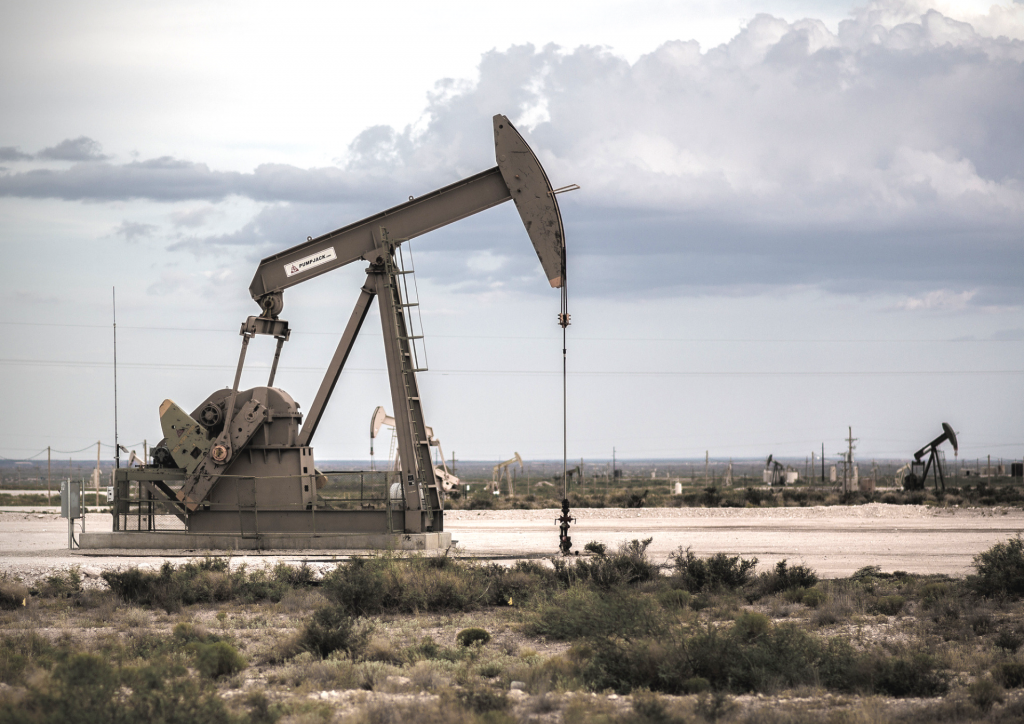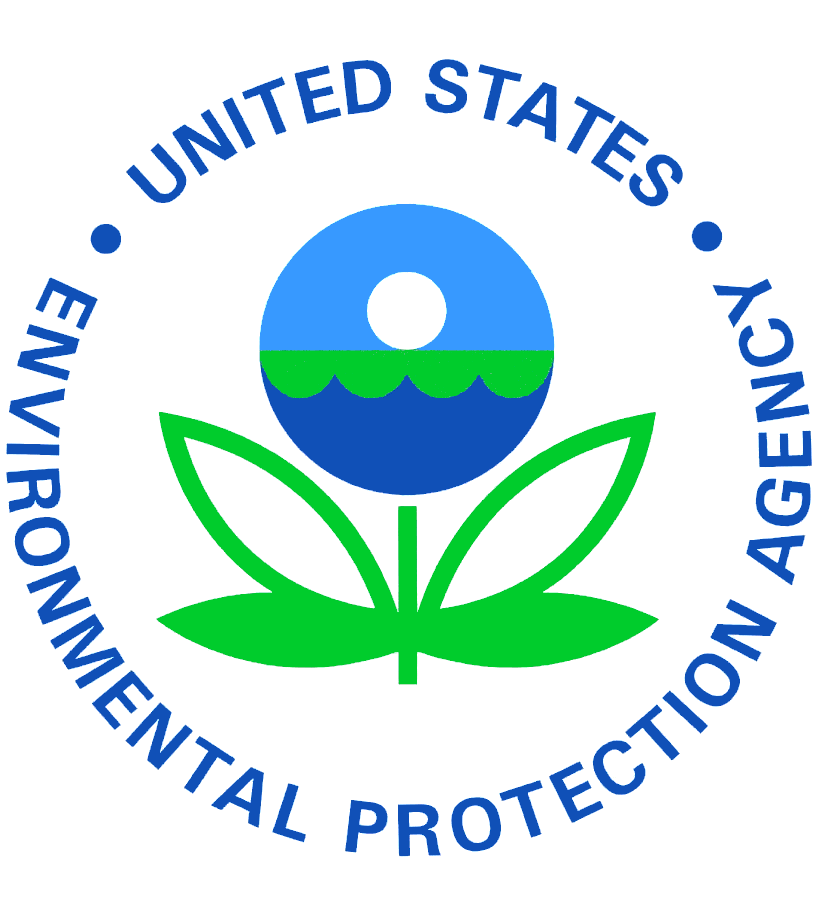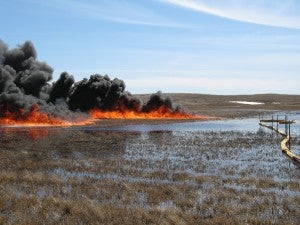 This blog was co-authored by Colin Leyden and Nichole Saunders.
This blog was co-authored by Colin Leyden and Nichole Saunders.
The Environmental Protection Agency and the outgoing Martinez administration in New Mexico have produced a draft white paper and solicited comments on potential ways to reuse or manage the growing volume of wastewater produced by the state’s oil and gas industry.
While the paper is a helpful outline of current produced water policy, New Mexico decision-makers should view it as a conversation starter and not the final word. When it comes to answering questions about whether the oil and gas industry’s wastewater can be safely reused for other purposes, like food crops, livestock or, as the white paper even suggests, drinking water, there are a number of other serious factors to be considered.














 Questions about if and how hydraulic fracturing activities (or “fracking” to some) can contaminate drinking water have been top-of-mind for many since the practice started getting widespread public attention about a decade ago. Recognizing the validity of those concerns, EPA undertook a study to see how the full ‘hydraulic fracturing water cycle’ – which includes water withdrawals, chemical use and mixing, well injection, waste water management and disposal — could potentially impact our drinking water resources. In a
Questions about if and how hydraulic fracturing activities (or “fracking” to some) can contaminate drinking water have been top-of-mind for many since the practice started getting widespread public attention about a decade ago. Recognizing the validity of those concerns, EPA undertook a study to see how the full ‘hydraulic fracturing water cycle’ – which includes water withdrawals, chemical use and mixing, well injection, waste water management and disposal — could potentially impact our drinking water resources. In a